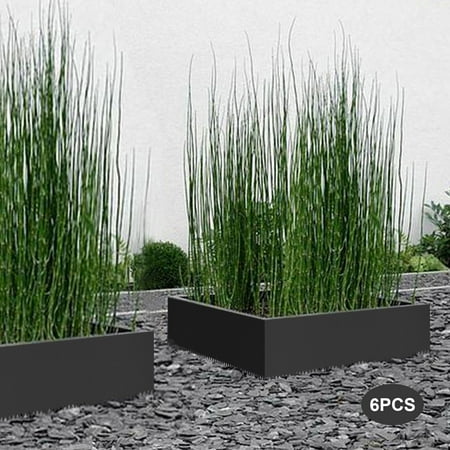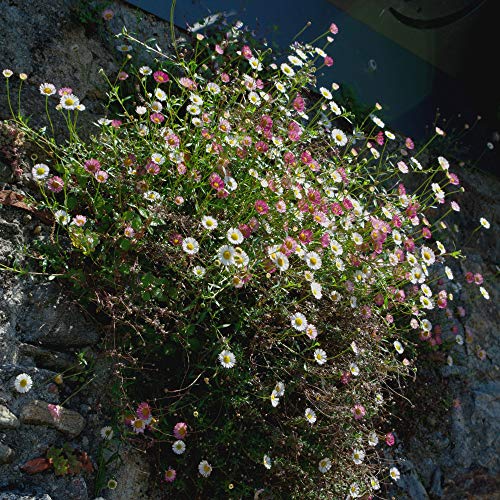4 Landscape Edging Ideas Designers Swear by (That Will Cut Down on Weeding Too)
These landscape edging ideas will help you finish your yard like a professional, so make sure you add it to your spring to-do list!

The sun is shining, it’s officially spring, and now is the time to explore new landscape edging ideas! While many of you may be getting started on sowing seeds, planting perennials, mulching, and weeding, now is also the time to give your backyard a fresh look with edging looks that help define plant beds and act as a physical border between plant beds and lawns or pathways.
Thinking you can give landscape edging a miss? Think again.
According to our landscape design experts plant bed edging is essential for creating a high-end luxury finish for your yard. But there’s more than one way to do it. Whether you’re looking for a super-slick contemporary look, or a more natural border that will encourage wildlife, our experts have options for every yard!
What’s the best low-maintenance way to edge plant borders?
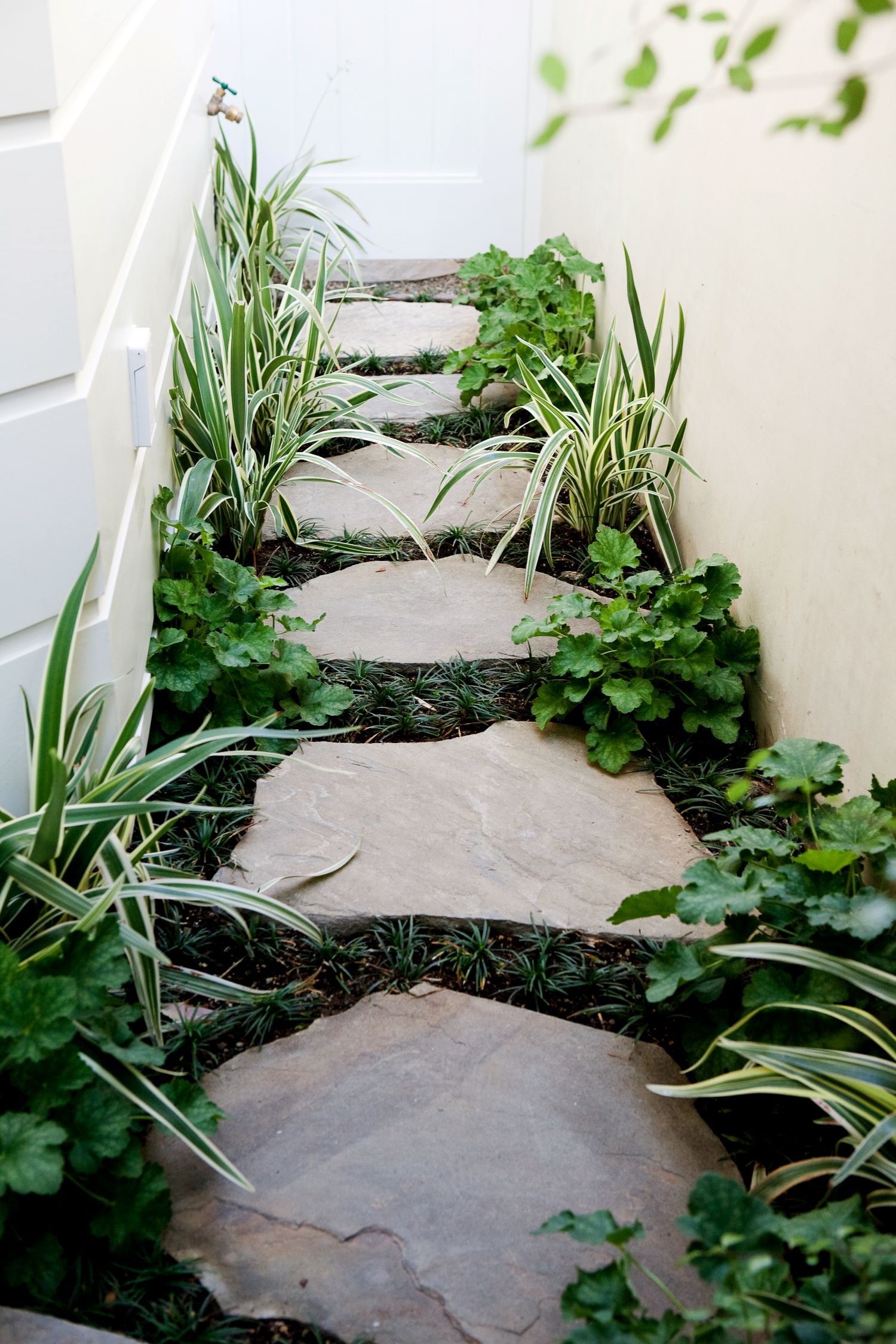
Hey, we’re gardeners. We’re not afraid of a bit of hard work, right? But do we appreciate a nice low-maintenance garden approach to some of our gardening areas – absolutely!
Award-winning landscape designers Mark Peterson and Keith Wallock at M.ERBS say, when it comes to low-maintenance bed borders, steel edging is hard to beat.
They say 'A thick steel edging either 3/16-inch or 1/4-inch thick that will hold up over time is a nice way to set a permanent bed edge and keep a lawn and planted bed separate.'
Although it may look like it’s only there for aesthetics, landscape edging is hugely practical as well – especially when it comes to lawn care.
'Another very nice option is installing a one-foot wide strip of cut bluestone to separate the lawn and bed. This option looks great and protects the yard plants from damage during lawn trimming,' say Mark and Keith.
How should you edge your yard with raised beds?
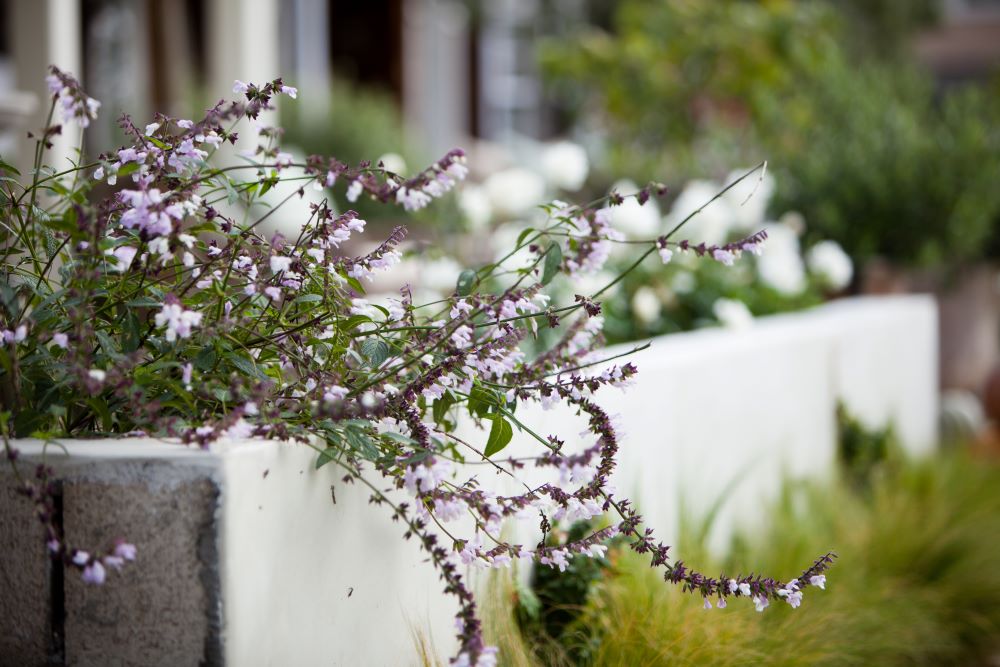
If you’ve been battling poor soil and losing the fight, don’t worry, raised beds could be the perfect solution to your growing needs and your landscape edges!
Usually made from robust weather-withstanding wood, raised beds are great for adding dimension and height to your yard, creating a barrier between your beds, lawn or pathways, and improving soil conditions. But there’s definitely a knack to creating a raised bed that will last for years.
Mark and Keith advise 'If you are making a fenced vegetable area, raised bed kits made out of cedar or another untreated wood can be a great choice. If your raised beds are going to be adjacent to a formal patio, consider custom-built beds made of corten steel or bluestone. That way the raised bed will complement the design of the space. Make sure to fill the raised bed with quality organic garden soil, too.”
Or, if you’re looking for a fresh clean yard aesthetic, landscape designer Molly Wood of Molly Wood Garden Design has the answer.
She says 'If your budget allows, a raised bed made from cinderblock with a smooth, stucco exterior or stone cladding has a very elegant look. Otherwise, order a kit that is made specifically for raised beds. In my experience, metal raised beds don’t work so well.'
What is living edging in yard beds?
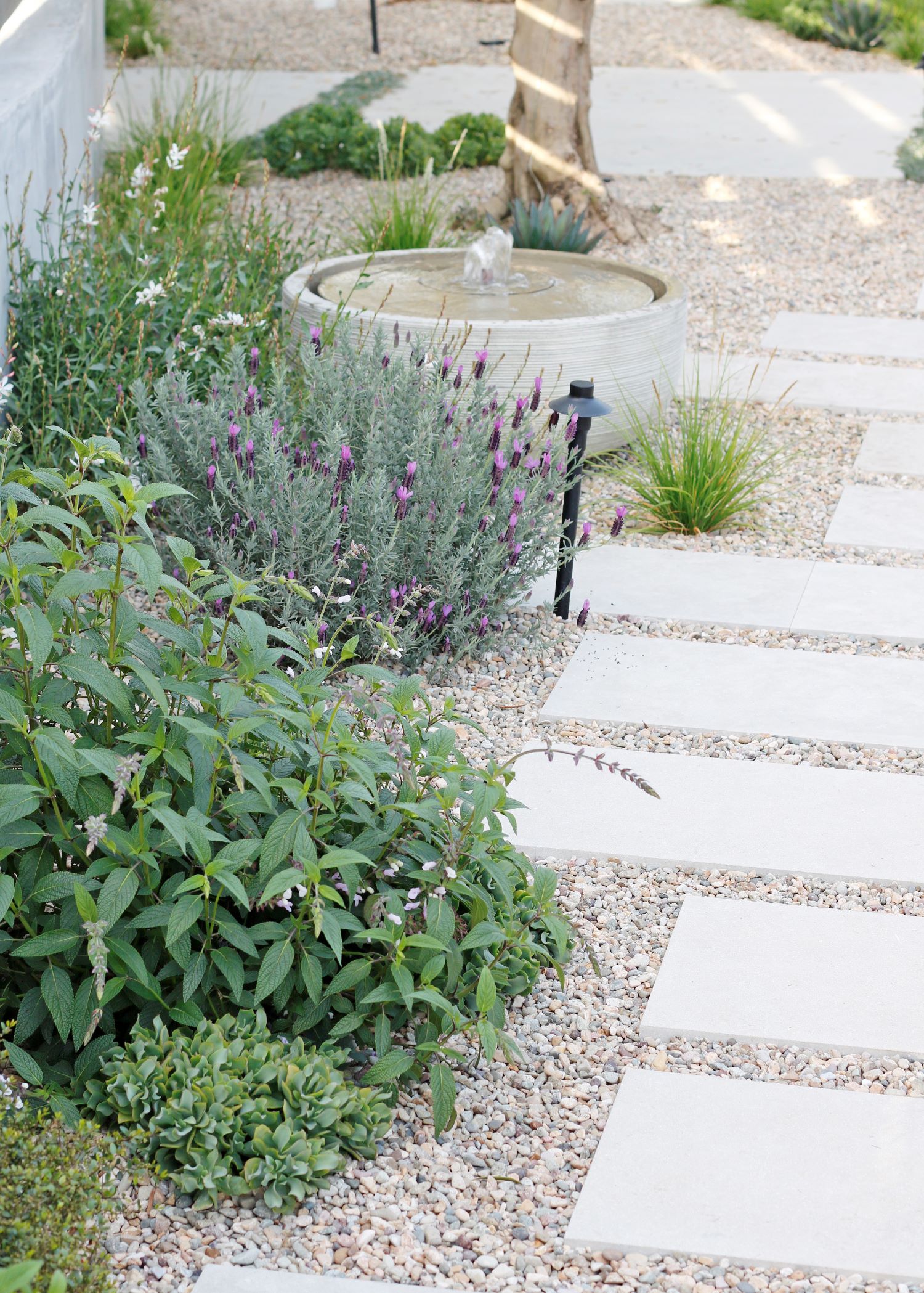
If you want a slightly more wild and informal look to your yard, then living edging is a must.
Designed to divide lawns and beds without the need for hardscaping or super-neat edges, living edging allows lower-growing plants to shine at the front of borders and gives beds a more natural and organic shape.
Landscape expert Molly Wood is a big fan of living edges. She says 'I call living edges my front row babes! These plants hopefully catch your attention as you walk along the path or look at a garden bed. My hope is that their interest will slow folks down and enjoy the beauty of their blossoms. My favorites are Erodium Album, Heuchera, Creeping Thyme, Ajuga, Heleborus and Saxifranga.'
Experts Mark and Keith are in agreement too, they say 'A low hedge can define the garden bed and contain the exuberance of the plants behind it. Choose a low-growing hedge plant appropriate for your region and plant them closely together, they should be close to touching. For a more formal look clip the hedge plants into a tidy shape. We have used boxwood, yew and even small ornamental grasses to define the edge of a bed.'
What plants are best for growing around patio edges?
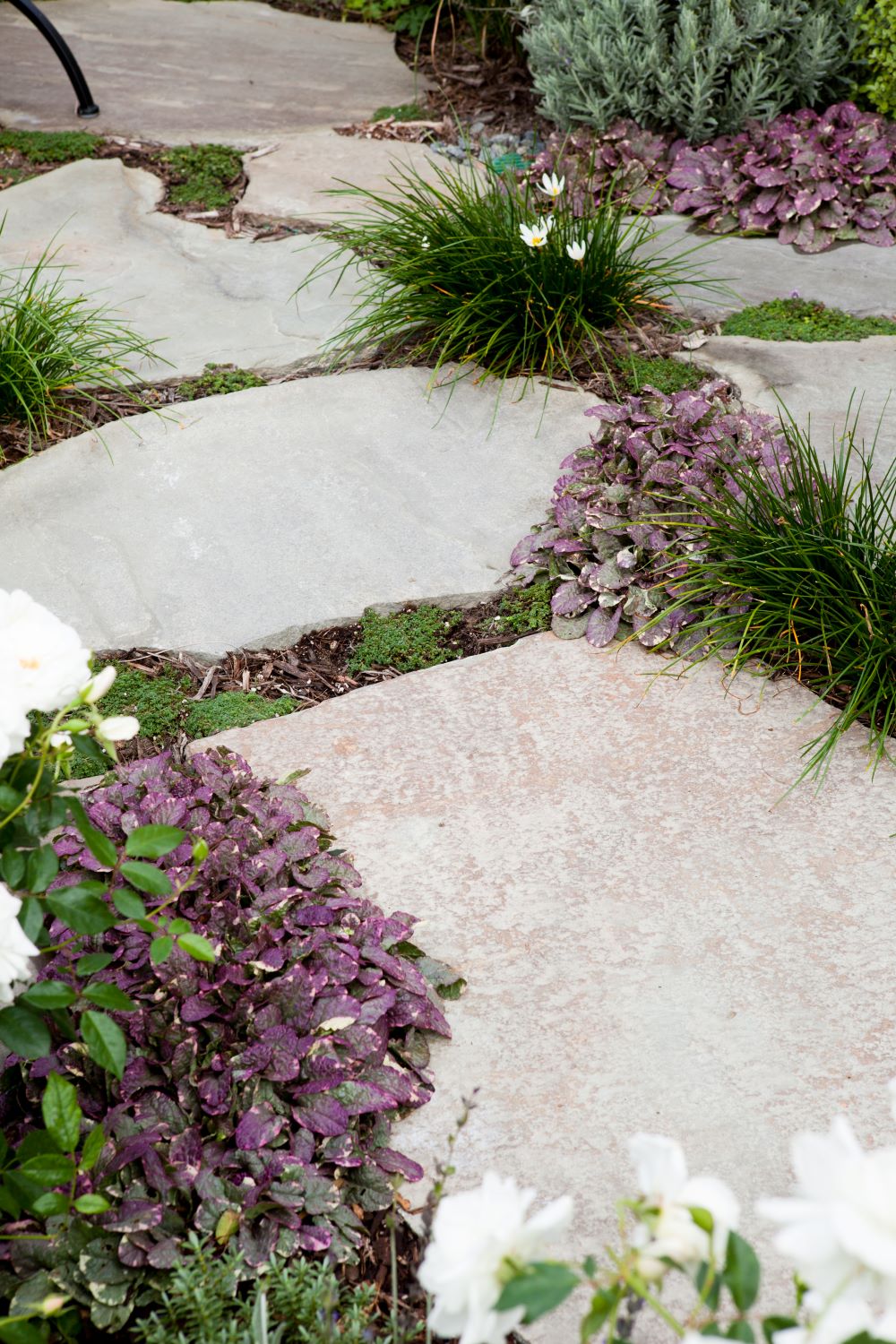
Now you’ve conquered the edges between your beds and lawn, it’s time to look elsewhere in your yard.
Pavers, patios and pathways are all ideal places to incorporate low-growing creeping plants into your yard design and enhance your landscape’s edges. Plus, they’ll help prevent all those annoying patio weeds growing around the pavers and accommodate ground movement if you’re in an area prone to tremors.
When looking for ideal plants for the edges of paths and pavers, Mark and Keith have some key advice.
They say 'The plants you use will depend on your location and site conditions, but try to pick a plant that can stand up to the potential foot traffic that can occur next to hardscape. Some examples of the plants that we use are Acorus, Creeping Thyme, Epimedium, Ferns, Hardy Geranium, and even woody plants like Sweet Box.'
Our personal favorite? Erigeron. Simply scatter seeds into cracks in walls or at the edges of your patio and watch them sprout up and self-seed all over the garden.
Be The First To Know
The Livingetc newsletters are your inside source for what’s shaping interiors now - and what’s next. Discover trend forecasts, smart style ideas, and curated shopping inspiration that brings design to life. Subscribe today and stay ahead of the curve.
Matilda Bourne is a freelance homes, gardens and food writer, stylist and photographer. Known for creating and capturing content for multiple international brands, her work has been featured in The Telegraph, The Daily Mail, and Hello! magazine. When she’s not writing, you can usually find her tending to her much-loved garden and scouring thrift stores for vintage furniture.
-
 Turns Out the Coolest New Café is Actually In Your Kitchen — Here's How to Steal the Style of TikTok's Latest Trend
Turns Out the Coolest New Café is Actually In Your Kitchen — Here's How to Steal the Style of TikTok's Latest TrendGoodbye, over-priced lattes. Hello, home-brewed coffee with friends. TikTok's 'Home Cafe' trend brings stylish cafe culture into the comfort of your own home
By Devin Toolen Published
-
 5 Bathroom Layouts That Look Dated in 2025 — Plus the Alternatives Designers Use Instead for a More Contemporary Space
5 Bathroom Layouts That Look Dated in 2025 — Plus the Alternatives Designers Use Instead for a More Contemporary SpaceFor a bathroom that feels in line with the times, avoid these layouts and be more intentional with the placement and positioning of your features and fixtures
By Lilith Hudson Published
